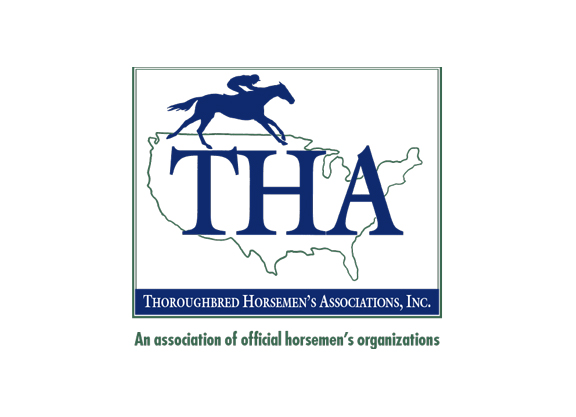The Mid-Atlantic region's Thoroughbred racing industry–including track operators, horsemen's organizations, breeders, racing commissions and regulatory and racetrack veterinarians–has voted unanimously to formally adopt and fully implement a long-term Mid-Atlantic Strategic Plan to Reduce Equine Fatalities, according to a press release issued by the Thoroughbred Horsemen's Association. The aforementioned stakeholders all participated in the creation of the plan, which is available for download here.
Many phases of the plan had already been put into practice stemming from the 2012 New York Task Force Report on Race Horse Health and Safety, which initially served as the model for regional and national industry reform. Since regional implementation of the Task Force's recommendations, and many others since that time, the incidence of equine racing fatalities in the Mid-Atlantic region has declined 29%. In New York alone, the incidence of equine racing fatalities in 2018 was 1.29/1000 starts, the lowest fatality rate in the state in decades and well below the national average of 1.68/1000 starts.
The plan, drafted by New York State Gaming Commission Equine Medical Director and New York Task Force Chairman Dr. Scott Palmer, former AAEP Presidents and regional veterinarians Dr. Kathy Anderson and Dr. Reynolds Cowles, and THA Chairman and New York Task Force member Alan Foreman, incorporates five key goals, including the establishment of regional safety best practices, improved methods to identify horses at increased risk of injury, the implementation of protective factors to reduce the risk of injury, information sharing and communication, and improvement of the general health and welfare of the horse. According to the release, the participants will use evidence-based decision making to ensure the integrity of the process at every level. The plan is intended to be a living document, with new strategies and practices implemented throughout the region as they become available.
“Our Plan is, and has to be, the number one priority for the racing industry,” said Dr. Palmer. “The decrease in equine fatalities in the Mid-Atlantic region over the last four years is due in no small part to the introduction of a number of safety initiatives. That's a good piece of news. It is important to recognize the progress we have made and encourage other jurisdictions to follow. Now we have to get behind this Plan in an aggressive fashion going forward.”
The introduction to the Strategic Plan explains, “The conscientious use of risk management techniques, including the introduction of protective factors, have been proven to be successful in reducing the risk of injury to racehorses. However, the use of risk management programs is not uniformly practiced across all racing jurisdictions. The development of a strategic plan to reduce equine fatalities in the Mid-Atlantic region is an effort to develop and share regional best practices and communication tools that can be used to minimize equine fatalities on a broad scale.”
“We've been a leader on racehorse safety in the Mid-Atlantic and nationally, the numbers show it, but we cannot rest on our laurels,” said Joe Appelbaum, President of the Thoroughbred Horsemen's Association (THA) and the New York THA. “We need to focus on protecting our horses, and there's only one way to do it–collaboratively, collectively and comprehensively. We all have to contribute.”
Foreman, who initially proposed the concept of a regional Strategic Plan, praised the Mid-Atlantic stakeholders and regulators for their ongoing commitment to racehorse health and safety, but acknowledged that there is much work to be done. “We have got to do better. The fatality rate is still too high. We have to continue to learn from our experiences and make the changes and adopt reforms that we know will make things better for our horses and our industry.”
The Mid-Atlantic region comprises the largest concentration of Thoroughbred racing on a daily basis in the United States. Last year, there were approximately 90,000 starts at 14 racetracks spread throughout the region from New York to Virginia.
Not a subscriber? Click here to sign up for the daily PDF or alerts.






